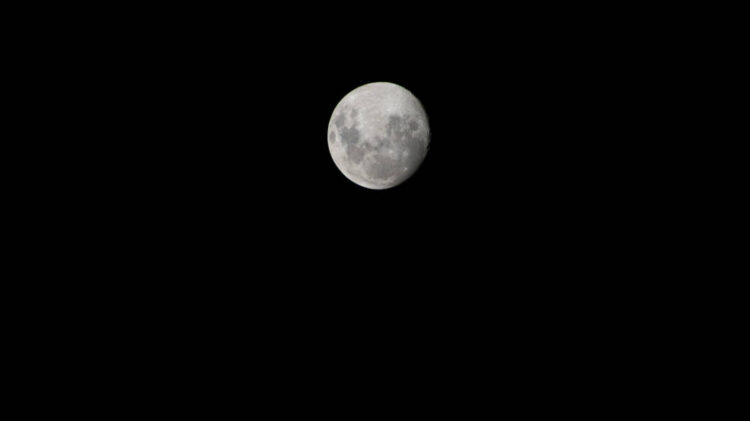Washington: NASA has selected a new scientific payload to establish the age and composition of hilly terrain created by volcanic activity on the near side of the Moon.
The DIMPLE instrument suite, short for Dating an Irregular Mare Patch with a Lunar Explorer, will investigate the Ina Irregular Mare Patch, discovered in 1971 by Apollo 15 orbital images.
While some 70 Irregular Mare Patches have been discovered by NASA’s Lunar Reconnaissance Orbiter, Ina remains the largest identified so far.
Learning more about this mound will address outstanding questions about the evolution of the Moon, which in turn can provide clues to the history of the entire solar system, the agency said.
DIMPLE is part of the PRISM (Payloads and Research Investigations on the Surface of the Moon), which sends science investigations to the Moon through a NASA initiative called CLPS, or Commercial Lunar Payload Services. The CLPS initiative is a key part of NASA’s Artemis lunar exploration efforts.
“This commercial payload delivery initiative is helping to provide a burst of lunar science and exploration,” said Nicola Fox, associate administrator for science at NASA Headquarters in Washington, in a statement.
“DIMPLE will add to a growing body of knowledge about the Moon, which in turn helps us understand the origins of Earth and other planets in the solar system. Additionally, the more we understand about our closest neighbour, the more we can support long-term human exploration at the Moon, and someday, Mars,” he added.
DIMPLE will help determine whether Irregular Mare Patches formed from recent or ancient volcanic processes. The mission will make use of a CLPS-provided rover, a collection gripping instrument, and a spectrometer that can help determine composition of the lunar material to analyse the age and composition of samples collected from the surface of Ina.
DIMPLE will be able to collect and analyse anywhere from three to more than 25 samples to learn more about the timing of the volcanic activity that formed this feature.
“With the selection of DIMPLE, we aim to definitively resolve the debate on how recently the Moon was volcanically active,” said Joel Kearns, deputy associate administrator for exploration in NASA’s Science Mission Directorate.
“Not only is this a scientifically intriguing enigma that will fundamentally change our understanding of lunar thermal evolution, but this is also the demonstration of an exciting technology that can be used to measure absolute ages of a variety of geologic terrains across the solar system,” he added.
NASA said the cost cap for the payload suite is $50 million, and the delivery date is set for the second quarter of 2027. The space agency expects to work on issuing a CLPS task order in 2024 to determine the launch services to deliver DIMPLE to the Moon.
(IANS)
















